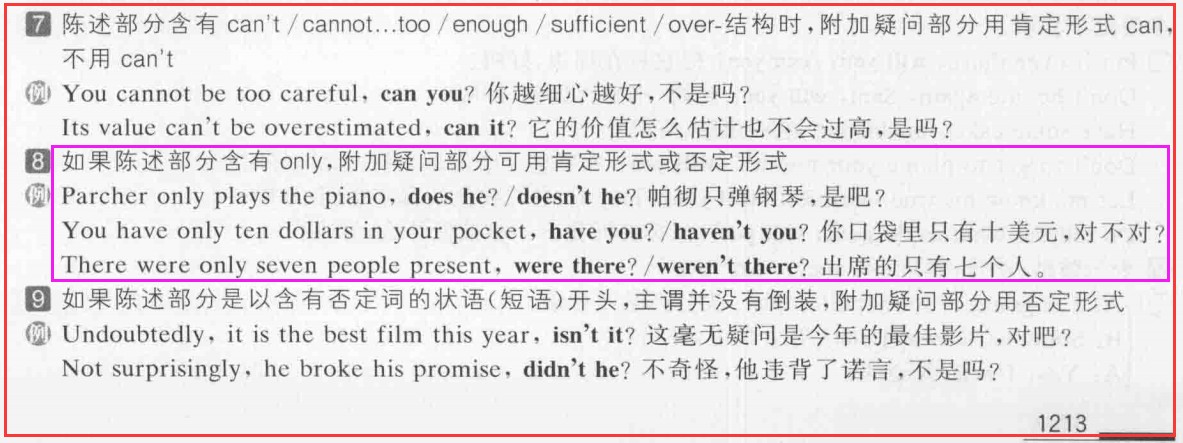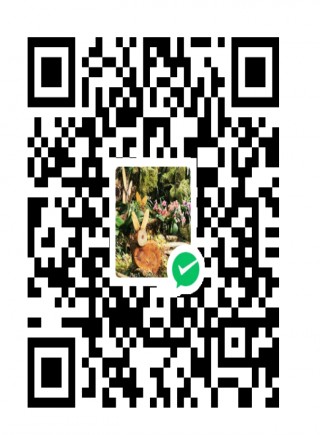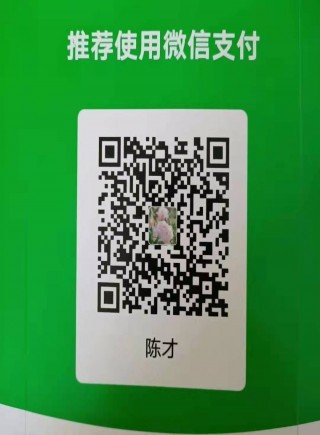我个人的体会是这样的:反意疑问句的标准形式,若前面肯定后面否定;反之,若前面否定,后面就肯定。所以汉语翻译为“反意疑问”, 但这种问句的形式,会随着说话人所要强调的含义不同而变化。可以变成前后不“反意”。换句话说反意与否可以和句子形式无关。《朗文英语语法》比较详细地介绍了反意疑问句的用法。请看该书的解释和例句:

该书认为这种前后都否定的用法用来表达盛气凌人的语气,虽然罕见,在语法上是可能的。原话:A negative - negative form is also grammatically possible, but is very rare and is used to convey aggression.
该书也提到前后都肯定的用法,用于表示不同含义:
原文如下:Affirmative - affirmative tag questions with a rising tone sometimes ask for confirmation of something the speaker already knows, expressing friendly interest, etc. (i.e. Tell me more').
Affirmative - affirmative tags can also express less friendly feelings like suspicion, disapproval and even threat. The tone falls at the end of the statement and rises only on the tag. No answer is required:
该书例句:
So she's getting married, is she? (= Tell me more!)
You sold that lovely bracelet, did you? (= I'm sorry you did.)
You call this a day's work, do you? (= I certainly don't!)
I'll get my money back, will I? = I don't believe it!)
So you thought you'd fooled me, did you?








